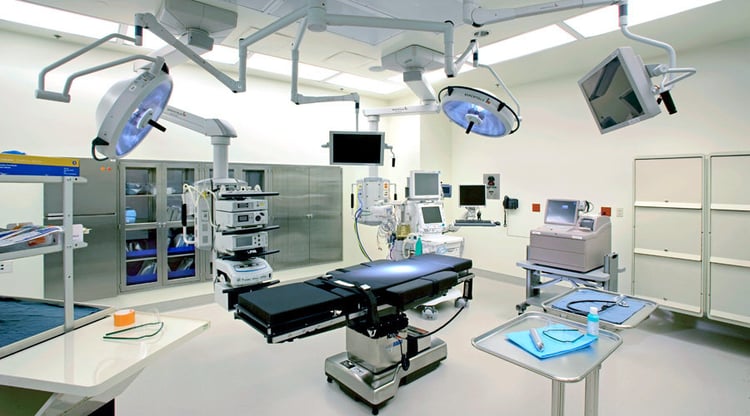
Coming up with a coherent digital marketing strategy for your medical device lines can be difficult because of all the variables and decision makers involved, but one take that must be considered above all others is inbound marketing.
Medical Device Inbound marketing is essentially about leading already-interested c-level prospects and medical directors across your key markets (Medi-Clinics, Medical Institutions, Hospital Networks, Out-Patient Centers) to your business instead of reaching out blind—and that’s exactly why it works best for medical and hospital equipment manufacturers. Highly specifc Inbound targets constituents well and builds a system that will keep generating leads in the long term as well as accelerates the sales proccess.

Establishing A Competitve Advantage In Each Healthcare Vertical
In-Bound marketing can elevate your brand above your competition and across multiple verticals:
Here are 5 reasons why inbound marketing drives leads for medical device marketing, and why you should be considering it seriously if you want to compete on a global scale.
1. Medical Equipment Inbound Marketing Builds Trust
Medical Equipment commerce is almost entirely dependent on relationships and trust, more so than traditional commercial transactions between a diagnostics provider and a supplier. Purchase agents and medical directors are always looking for the best deal and most reliablly sound equipment, but crucially their interest is often long-term, subject to reimbursement policies and based on need-fulfilment. The nature of inbound marketing means that you are hospitals, clinics, and research facilities come to you, and letting them take those first crucial steps. The ball is in their court, and by making yourself attractive via content marketing and other such inbound staples, you are building an image with which they can interact and eventually do business.
2. Medical Equipment Inbound Marketing Converts Sales
Converting a sale is obviously the goal for any commercial enterprise, but it is of even more importance in healthcare fields as buyers will often have contracts with and form relationships with their suppliers or other contacts. Converting a sale in the medical devce or diagnostics industry isn’t the end of the story—it’s the beginning. With that in mind, it is important to remember that inbound marketing is simply better than outbound marketing at eventually converting leads into sales. While this statistic is always positive, it has a special significance in the medical equipment field as a converted sale can lead to so much more.

3. Inbound Marketing Delivers Primed Healthcare Purchase Agents
Inbound marketing generally has a higher ROI than outbound marketing, and that is because inbound marketing delivers primed customers and leads who are almost always guaranteed to be looking to convert a sale. Simple logic dictates that if you are a diagnostics company who sells imaging equipment, you are more likely to reach people wanting to buy Cat Scan equipment by focusing on people who search for long-tail keywords based highly esoteric medical terminology and specifications on Google than on randomly placing walking up to your booth at a conference or buying an ad in a radiology journal. Inbound marketing works in the medical diagnosttics field because the lead by definition is already interested in what you have to sell. For medical equipment marketing, that means cutting out a lot of waste and being able to focus specifically on the healhcare providers who want to do business with you.
4. Inbound Uses Social Media To Engage Medical Thought Leaders
Social media marketing is an important subsection of medical equipment inbound marketing and is especially pertinent for capital equipment as it allows you to use your company’s specific brand, culture or physician thought leaders to your advantage. Again, Medical Device B2B is all about relationships and relationships are at the heart of social media. If you can create a following for yourself across different social media networks like Linked-In, Twitter and Google+, then you are more likely to attract business. Social media tops lists for B2B marketing strategies because connecting with other businesses and showing them how your business can provide solutions to their problems is an easy and effective way to generate valuable leads.
5. Inbound Links to Blogging, Which Links to Sales
According to Social Media B2B, B2B companies with blogs generate 67% more leads per month (Hubspot) than companies without blogs, which as a statistic speaks for itself. Blogging and content marketing is at the heart of any decent inbound strategy for high tech capital medical equipment, the benefits of which will turn your site into a lead generation machine and position your company as a thought leader in the medical device field.
Want to learn more?
To get our FREE comprehensive e-book on InBound Marketing Click Here

Joe DiGiovanni, a purpose-driven entrepreneur with a background in behavioral science and marketing technology, co-founded Tapp Network, driving digital transformation for government agencies, Fortune 100 brands, and communities seeking to scale social impact through innovation.